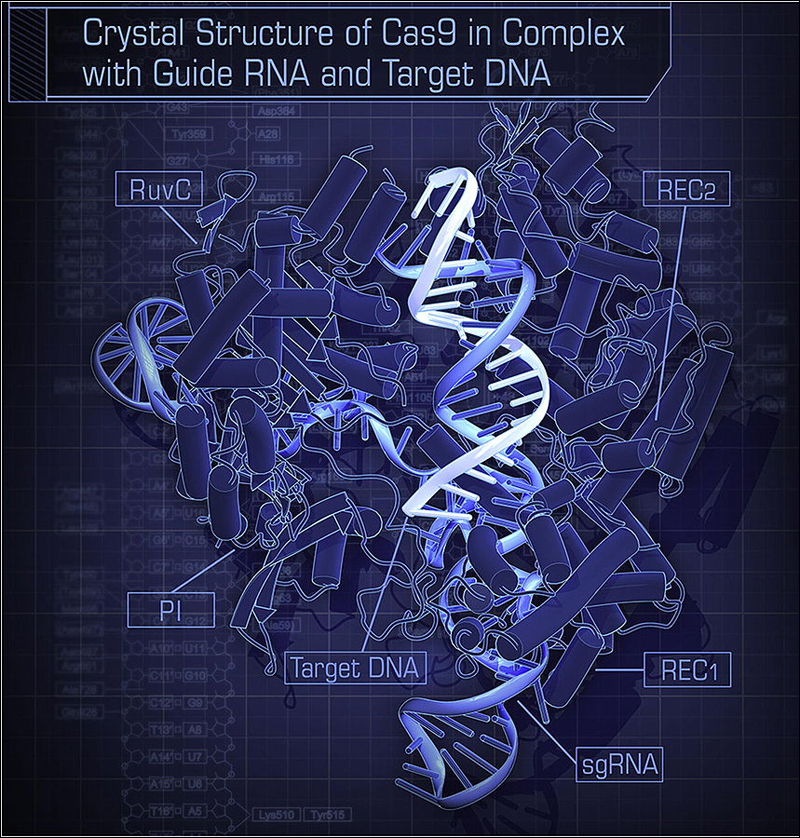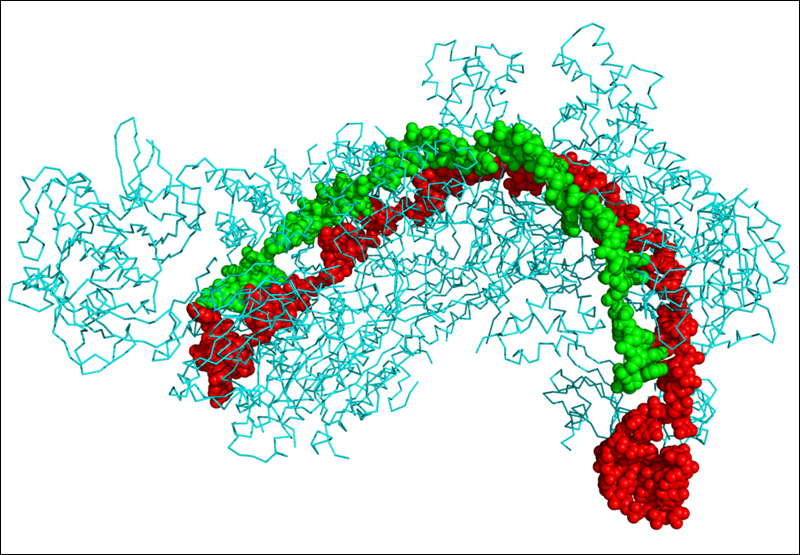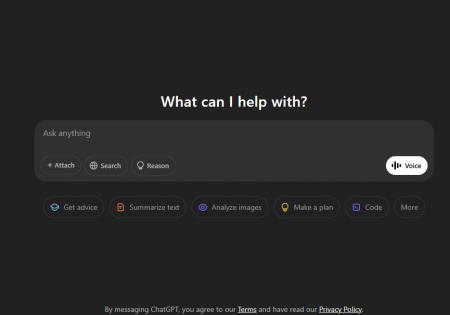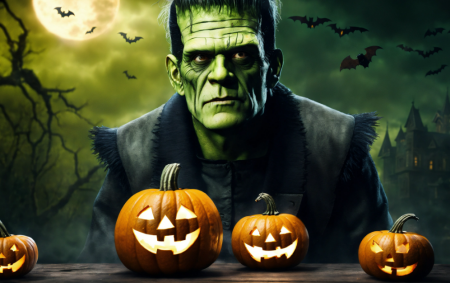While we were busy with Artificial Intelligence, CRISPR or Artificial Gene Editing, quietly threatens to irrevocably transform our physical world, writes Satyen K. Bordoloi
When the history of our present is written 50 or 100 years from now: two things will stand out. First being how great strides in gene editing technology with its potential to transform the physical world were happening at the same time as the developments in the digital space. Secondly how the general public was hyper about one but almost entirely ignorant of the other.
Maybe the reason is terminology. Artificial Intelligence or AI, seems such a fancy, catchy term. Clustered Regularly Interspaced Short Palindromic Repeats i.e. CRISPR – is so geeky, and boring. How about I give it a ‘crisper’ name to call it Artificial Genetic Editing or AGE? Does that grab your attention now?
For clarity’s sake, let’s start at the beginning. No matter how different one living organism is from another, like a bacterium and a tree, they all have one thing in common: all have DNA. DNA is the blueprint of how an organism is supposed to develop.

And how one life-form begins to differ from another, is by riding a wave of natural mutations in their genes. For instance, although humans and chimpanzees evolved from the same ancestor and have nearly 99% common genes, it is the rest 1% – caused by mutations that began 6.5 to 7.5 million years ago – that have taken humans to the peak of the food and power pyramid on the planet.
The Ultimate Science Prize
DNA is thus literally life and mutations are how life grows, evolves, and changes with time.
The ‘problem’ is, in nature, these mutations are random and take decades, centuries or millennia to come about. Slow and steady wins the race when it comes to nature but the mutations it brings about in a specie over time, are usually for the good of the specie and especially for the overall balance of this fragile planet.
What if it need not be so slow? What if there was a way to edit genes on the fly, like the way you edit files on your laptop? Turns out there is a way to do something similar which was discovered in the mid-2000s and an academic paper in 2012 postulated and according to some – like the Nobel Committee who awarded two of its authors Emmanuelle Charpentier and Jennifer Doudna the 2020 Nobel prize in chemistry – changed science forever. However, I will argue that it changed the universe forever.
CRISPR, the most powerful gene-editing tool
First, let’s look at what the paper said. To summarise it in English rather than scientific gobbledygook: it found a very simple way to edit human genes artificially using a technique used by bacteria and archaea (microorganisms that live in extreme environments) to protect themselves from the invasion of foreign agents via an adaptive immune system. These creatures were literally editing their genes on the go to survive, using a method we named CRISPR-Cas9. What the scientists found was that it was possible to use the same technique, to do the same in other creatures, including humans.

Why I say this has universe-altering ability is simple. This is a technology that literally has the potential to change the physical world, almost as easily as we make changes in the digital world. To put it in a very dumb way: want the strength of a chimp while retaining your human brain – snip away at the right genes. Want to get rid of a debilitating disease – do the same. Want to perhaps live 200 years like turtles: find the genes responsible for doing that in them and implant that in humans.
Problems of CRISPR-type editing
The world of cut-copy-paste or as Lisa Jarvis writes in Bloomberg: “to snip out, repair or even paste in new gene sequences” becomes possible in the physical world. Magical right? Not quite. Turns out the reason nature takes so long to edit a gene usually going one small mutation at a time, is because once you make a change in something, you do not know what its unintended consequences might be.
One day you will be able to eliminate beta-thalassemia or sickle cell disease by popping a pill to edit relevant genes – something being worked on by two companies – Vertex Pharmaceuticals and Crispr Therapeutics. What if the editing is not perfect, or something else also gets edited and you carry a side-effect that is not visible today but may become known – like baldness – after a generation?

That is the problem with CRISPR-type editing. Though ‘snip, repair, paste’ sounds simple and brings images of the digital world, being precise in editing inside a living being and having the exact chemical change in every cell that is being edited, is incredibly tough with the potential for unwanted edits that could damage DNA being high.
And we are not even considering maleficent actors who will deliberately use CRISPR to create bad mutations in humans. If you think conspiracy-creating actors in the digital space who try to dismantle functional democracies and kill people are bad, you have no idea of the damage those people could do with CRISPR in their hands.
And the worst thing: these changes are inside DNA so they will be carried from one generation to another.
That, or the ignorance in general masses, hasn’t stopped the development of this technology as dozens of start-ups and thousands of scientists across the world are working to find ways to use CRISPR for human good. Editing of genes in other living creatures, including cockroaches, have already begun.

The worst has been a Chinese researcher who in 2018 – just 6 years after that first paper in 2012 – stunned the world by announcing that he has helped create genetically edited babies. He was promptly put in prison by the Chinese authorities because the ethical, and physical implications of doing this are too humongous for us to grasp at this moment.
What’s in it for you?
It is hence important for us to know of both its potential and inherent danger.
Beyond all hopes and fears, what is important to recognise is that we humans have literally given ourselves the power of gods or nature. Like all other technologies – from nuclear fusion to artificial intelligence – CRISPR or Artificial Gene Editing has the potential for both tremendous good and incredible harm.
The secret lies in using it for good while keeping in check the worst impulses of humanity. If only there was a CRISPR way to bring in a gene to do the same.
In case you missed:
- Reversing Heart Disease: Next Step in Living 150 Years Achieved in Lab
- Are Hallucinations Good For AI? Maybe Not, But They’re Great For Humans
- What are Text-to-Video Models in AI and How They are Changing the World
- How Old Are We: Shocking New Finding Upends History of Our Species
- Prizes for Research Using AI: Blasphemy or Nobel Academy’s Genius
- Copy Of A Copy: Content Generated By AI, Threat To AI Itself
- AI vs. Metaverse & Crypto: Has AI hype lived up to expectations
- OpenAI’s Secret Project Strawberry Points to Last AI Hurdle: Reasoning
- Anthropomorphisation of AI: Why Can’t We Stop Believing AI Will End the World?
- Google’s Willow Quantum Chip: Separating Reality from Hype









